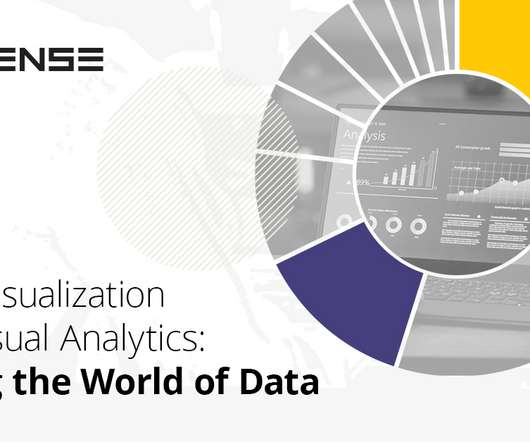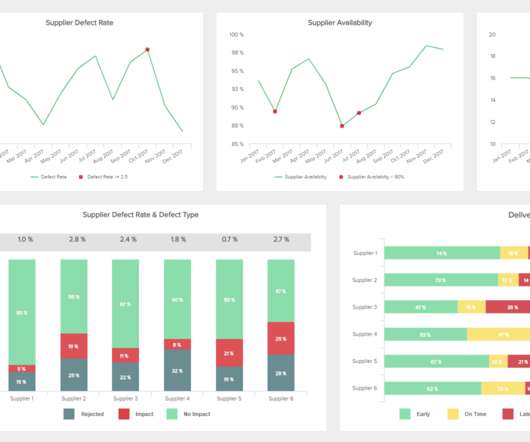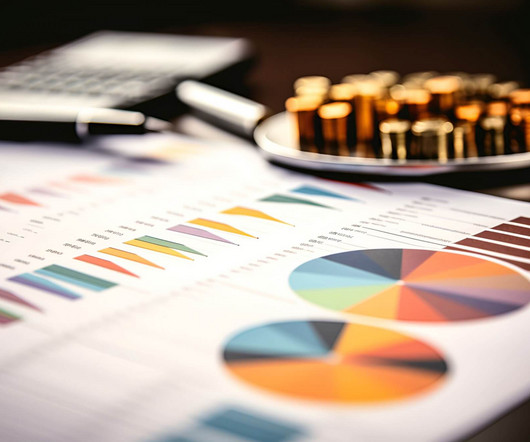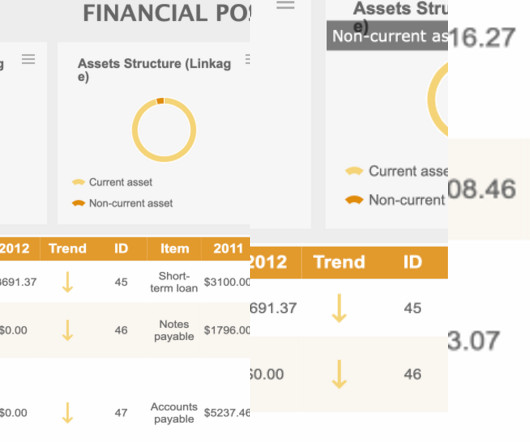Data Visualization and Visual Analytics: Seeing the World of Data
Sisense
JUNE 30, 2020
In a world increasingly dominated by data, users of all kinds are gathering, managing, visualizing, and analyzing data in a wide variety of ways. Data visualization and visual analytics are two terms that come up a lot when new and experienced analytics users alike delve into the world of data in their quest to make smarter decisions.





















Let's personalize your content